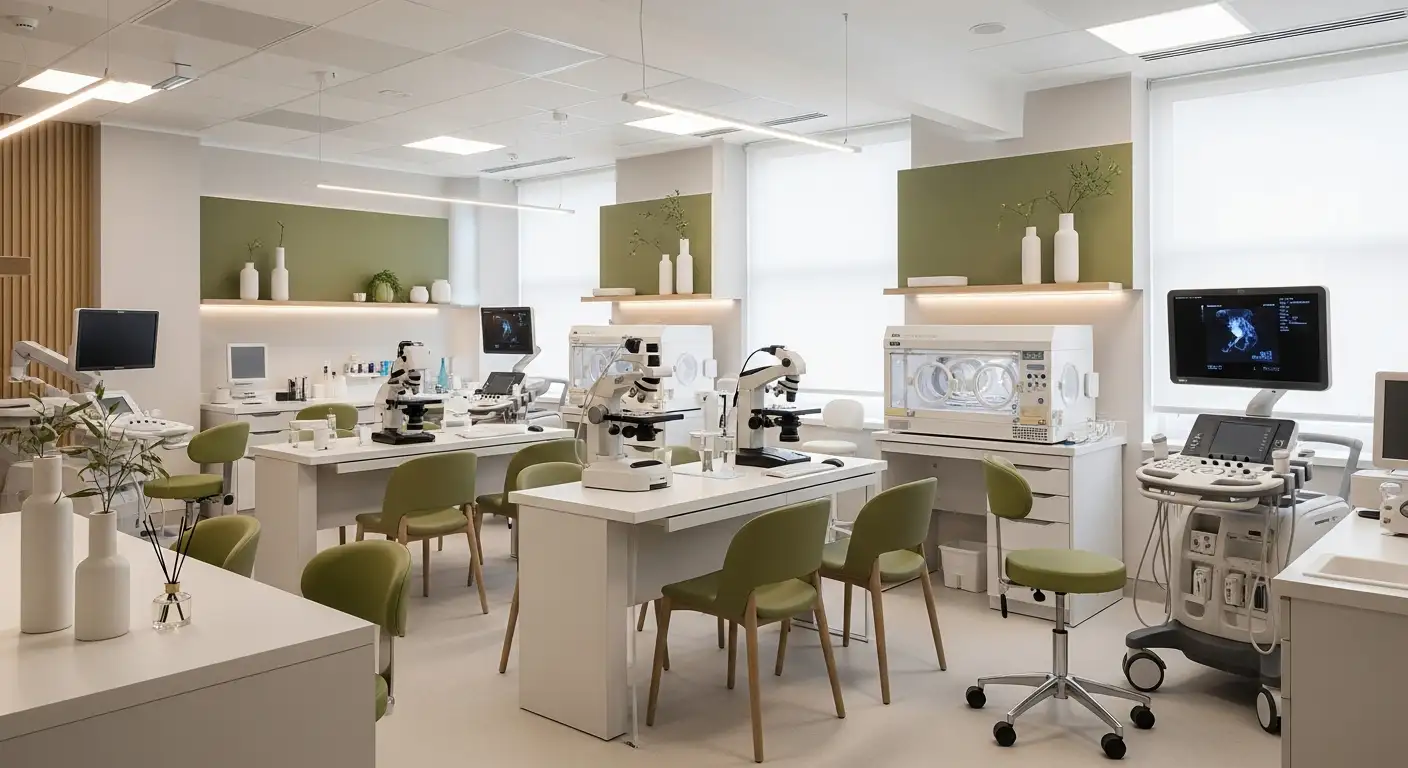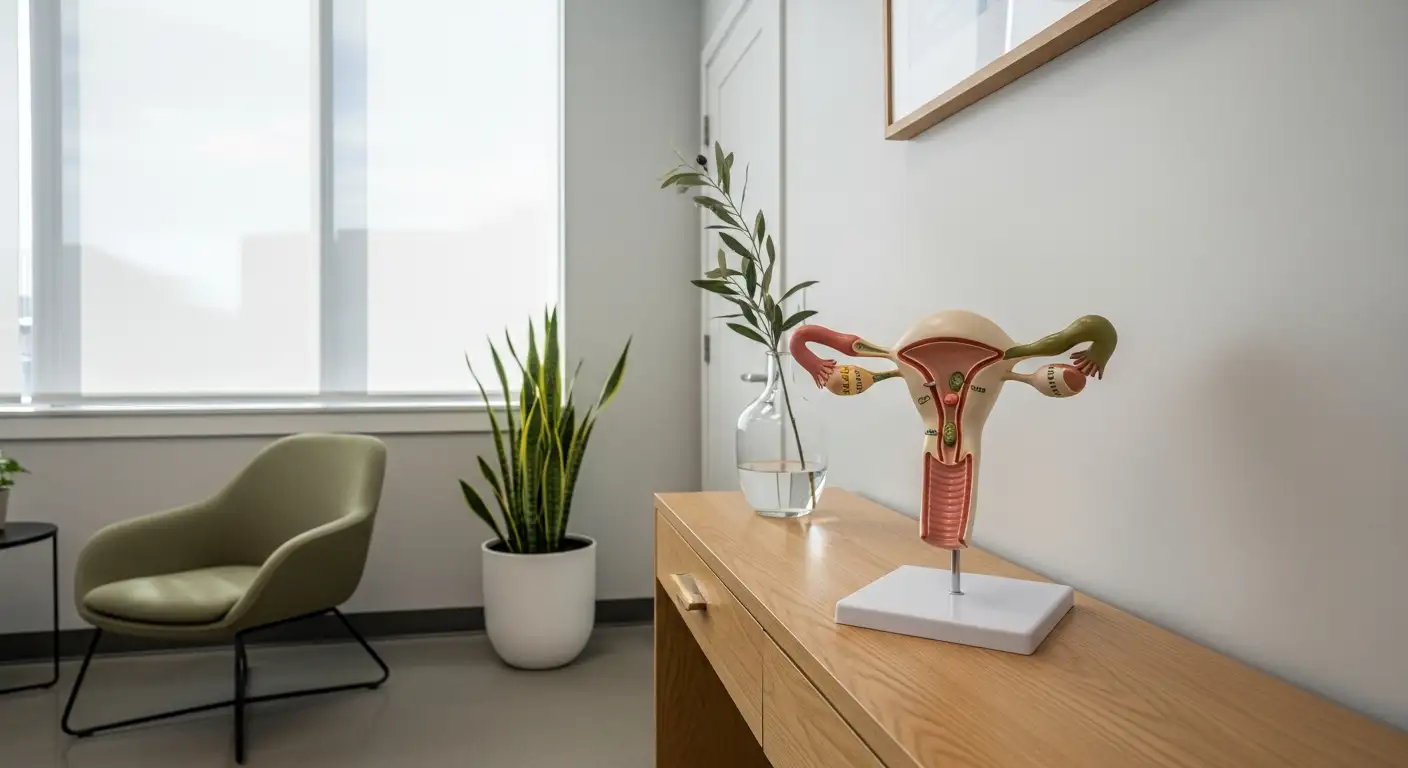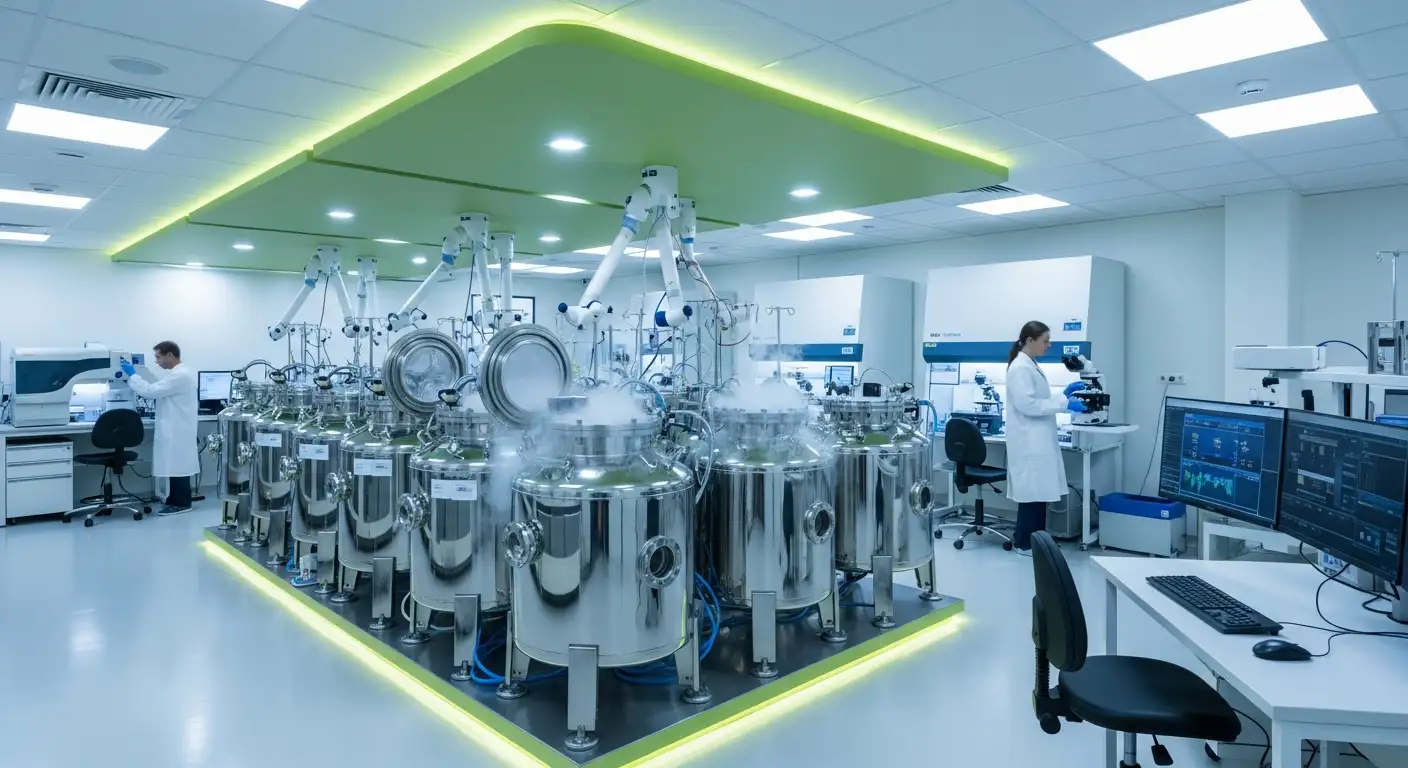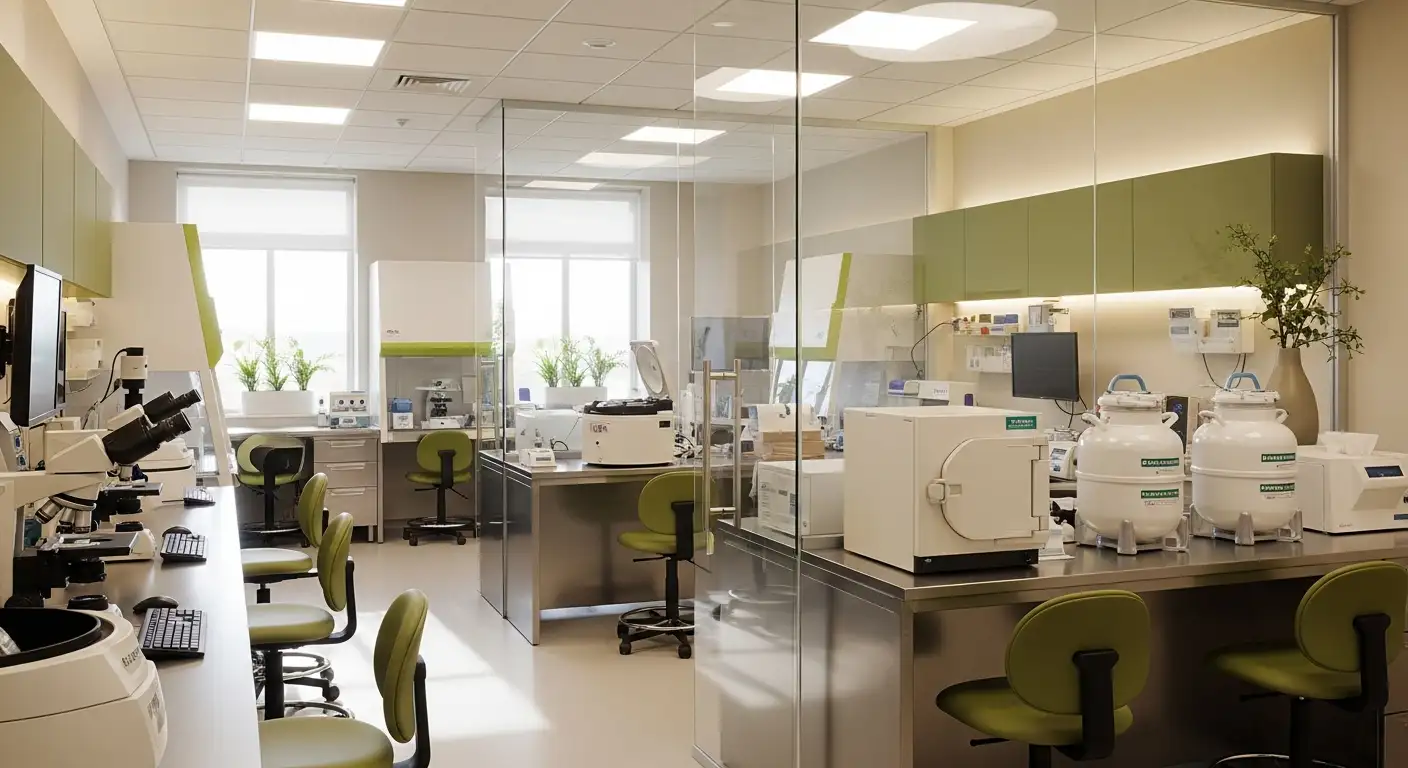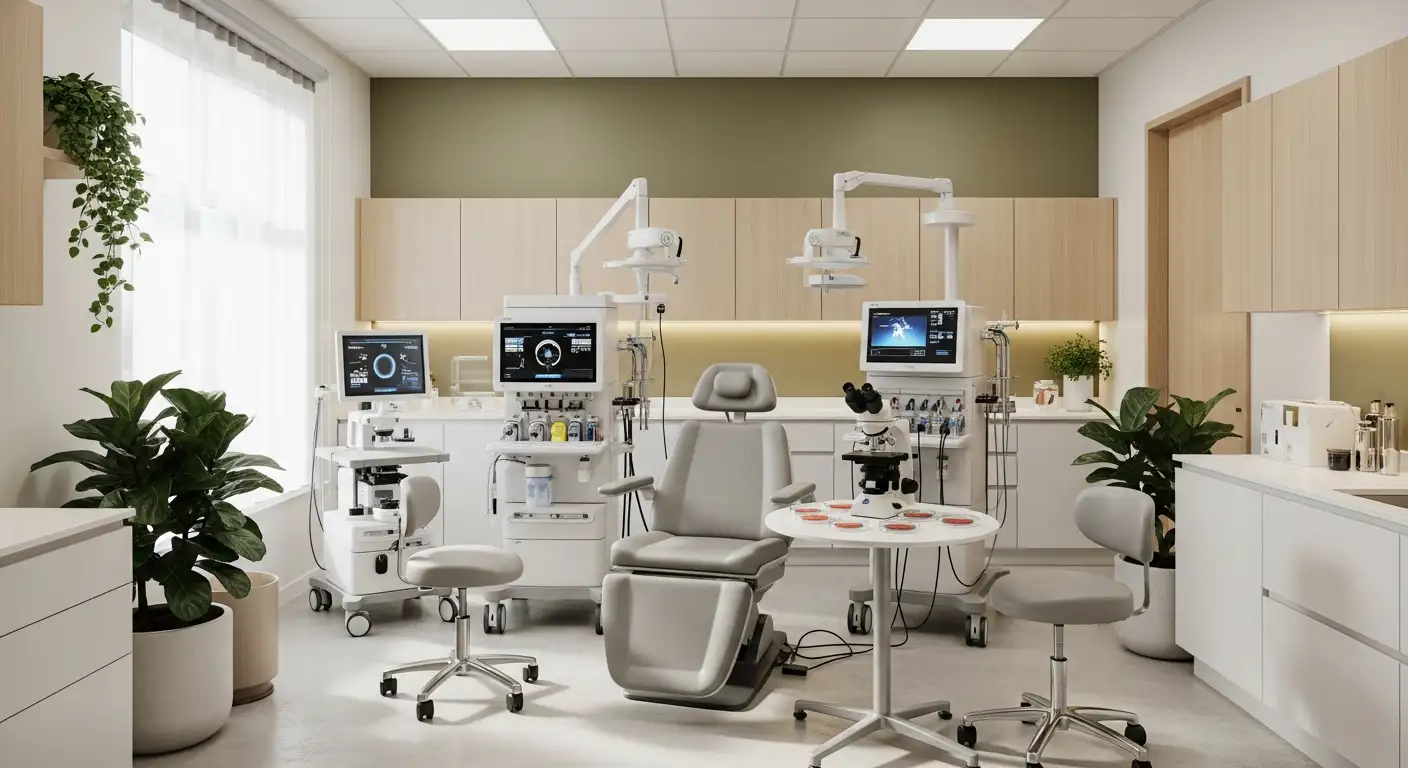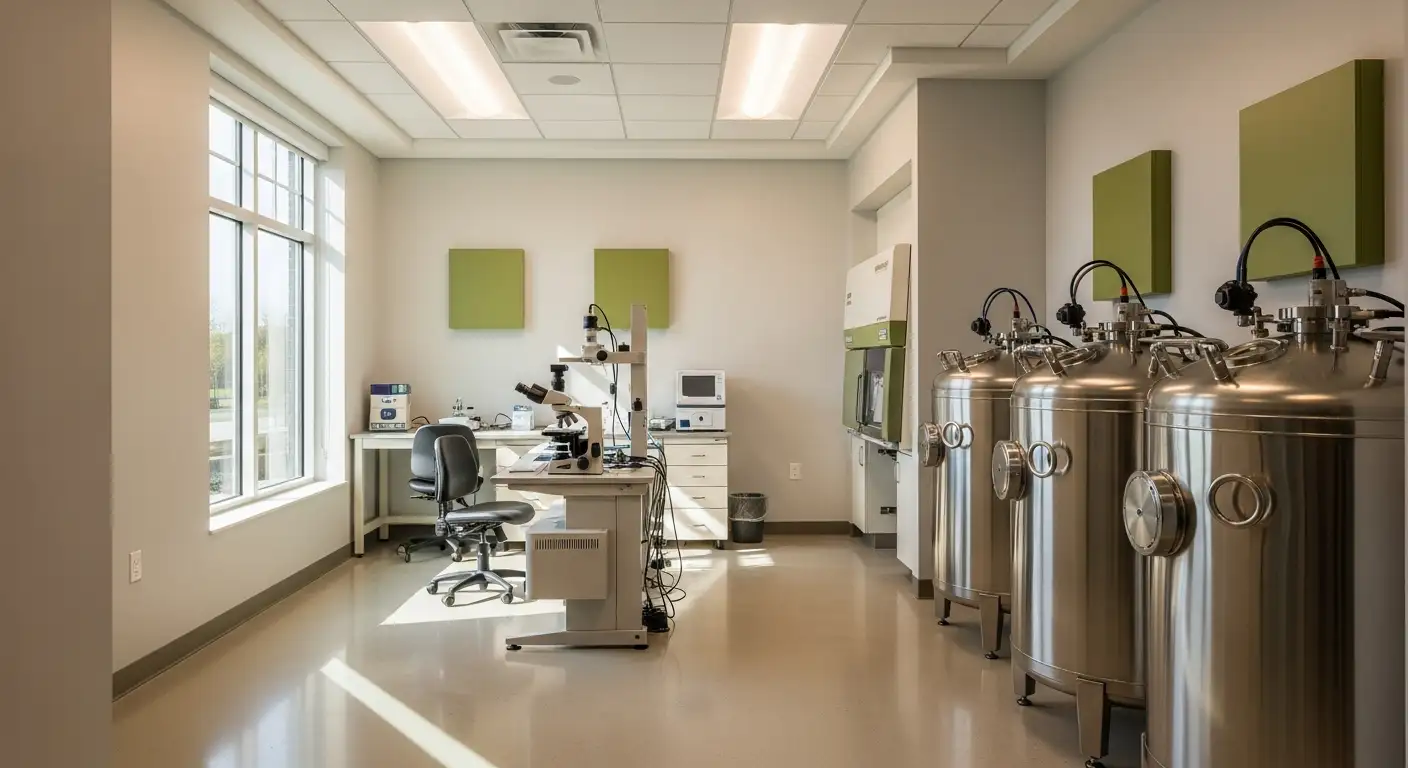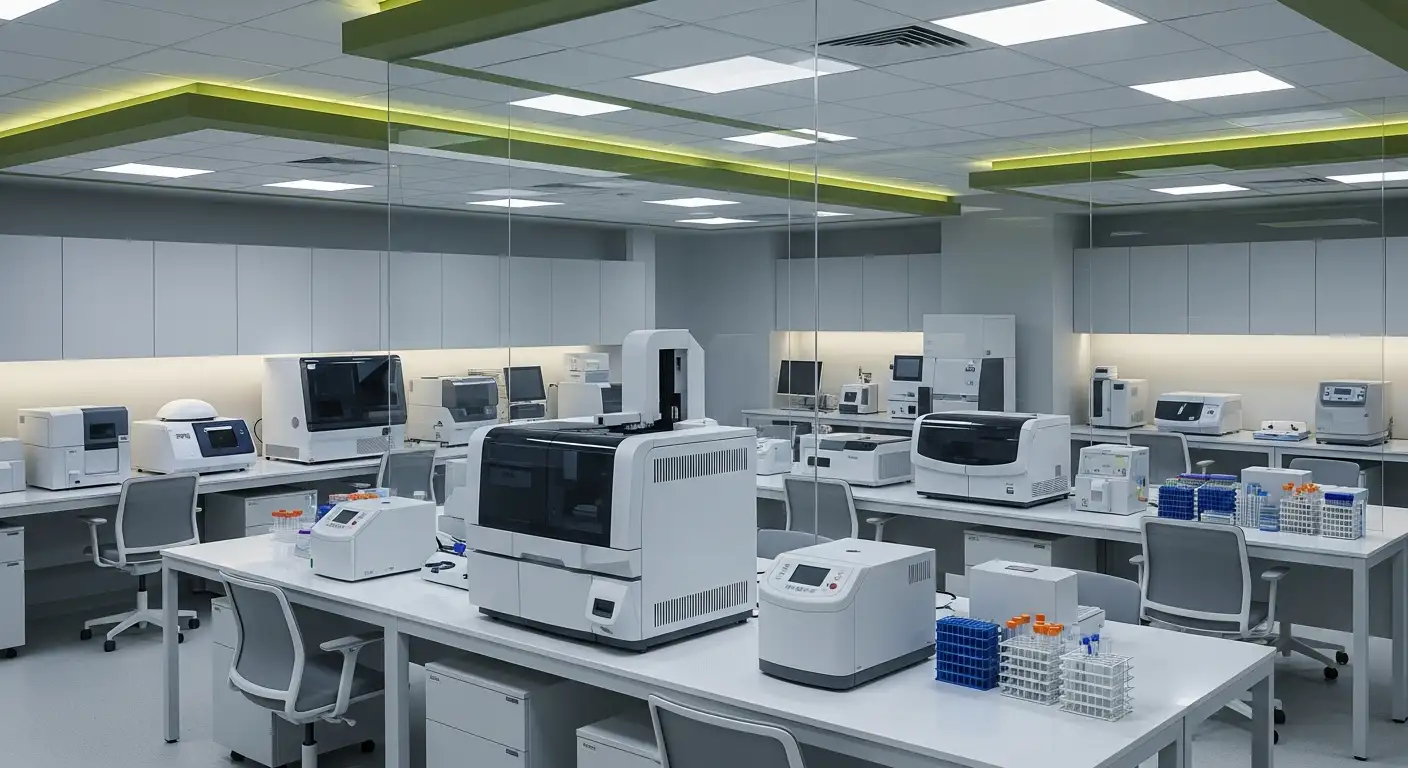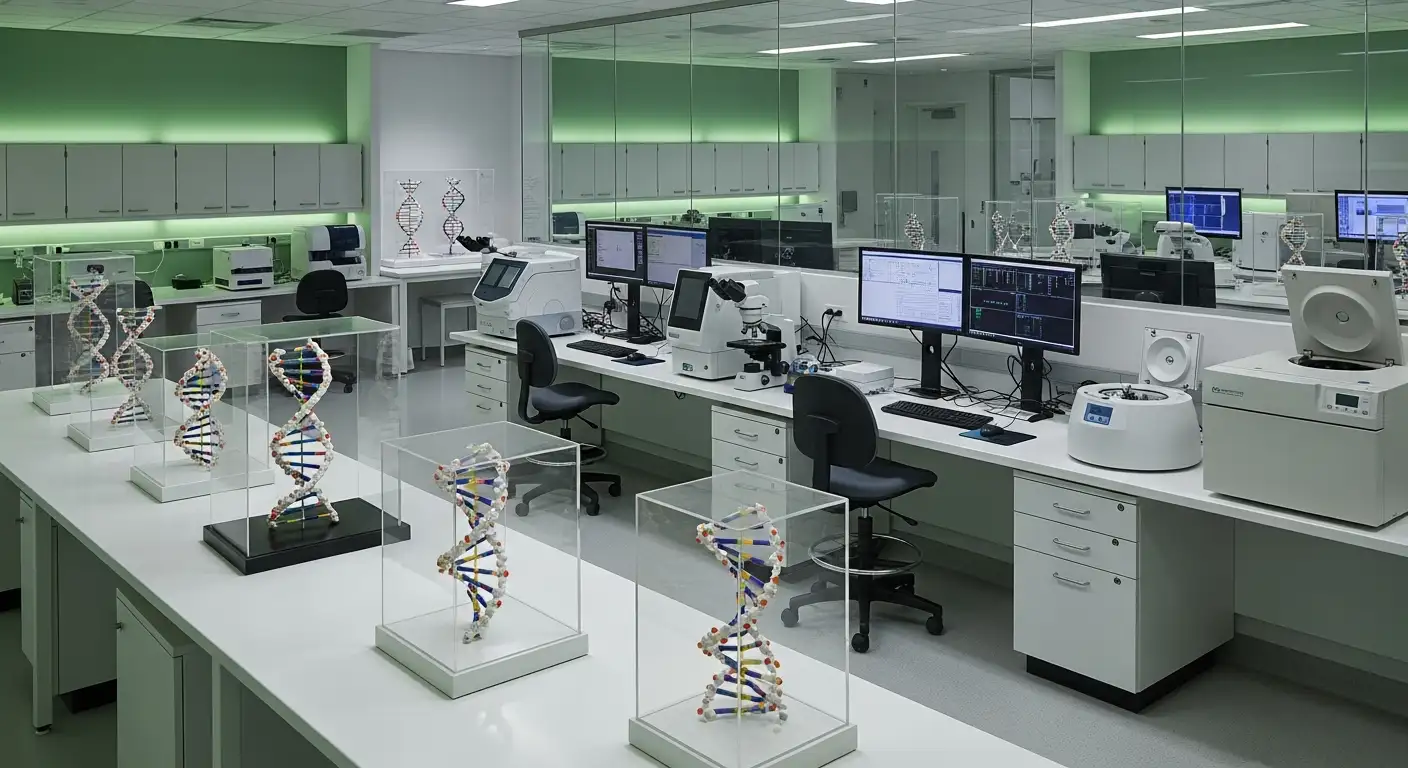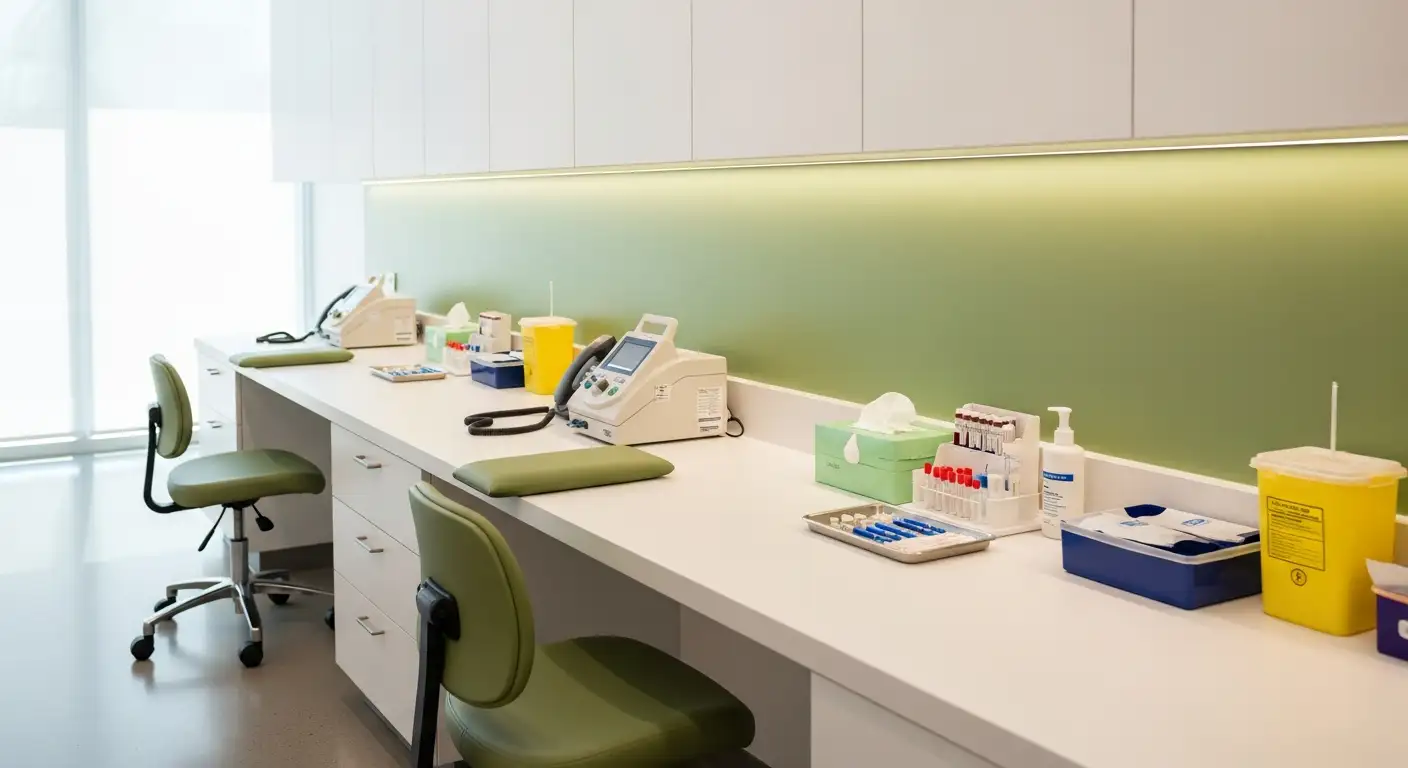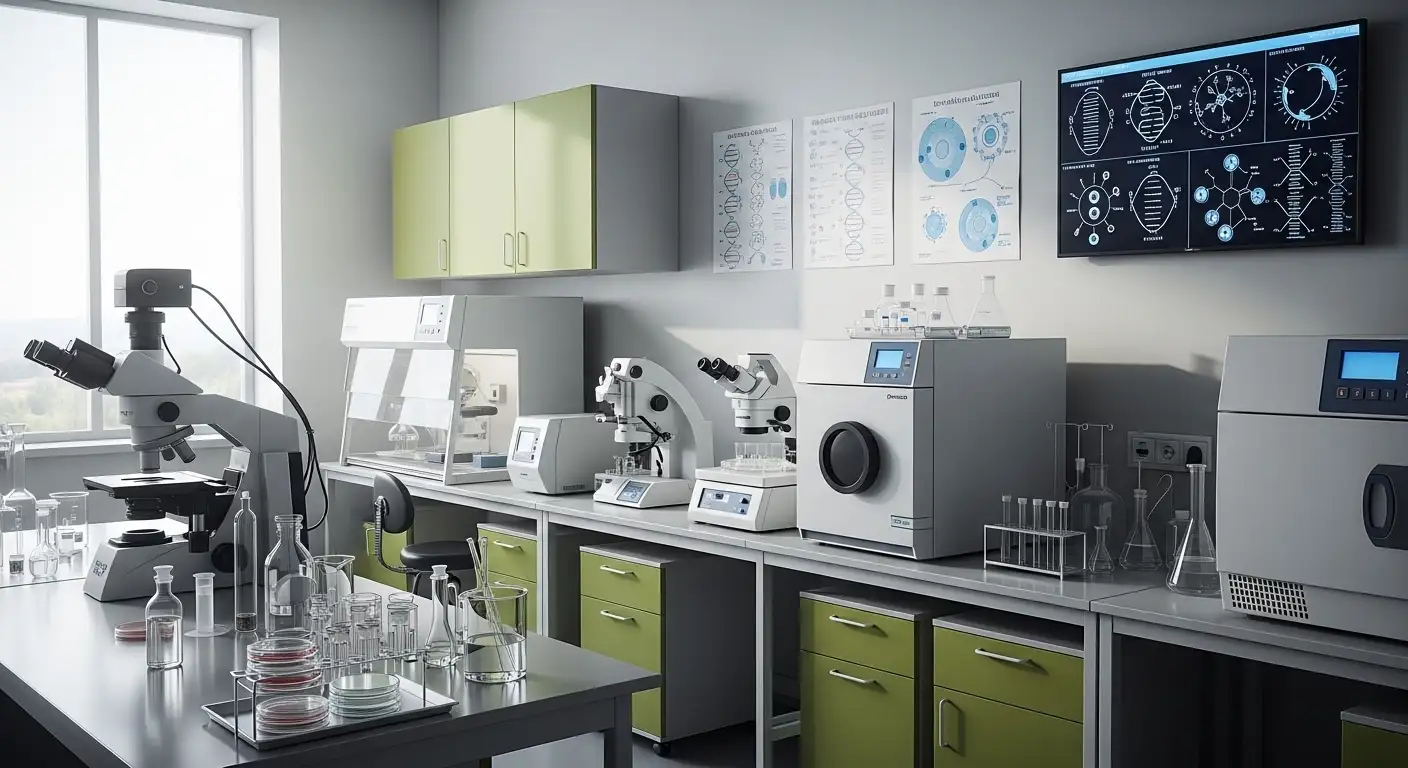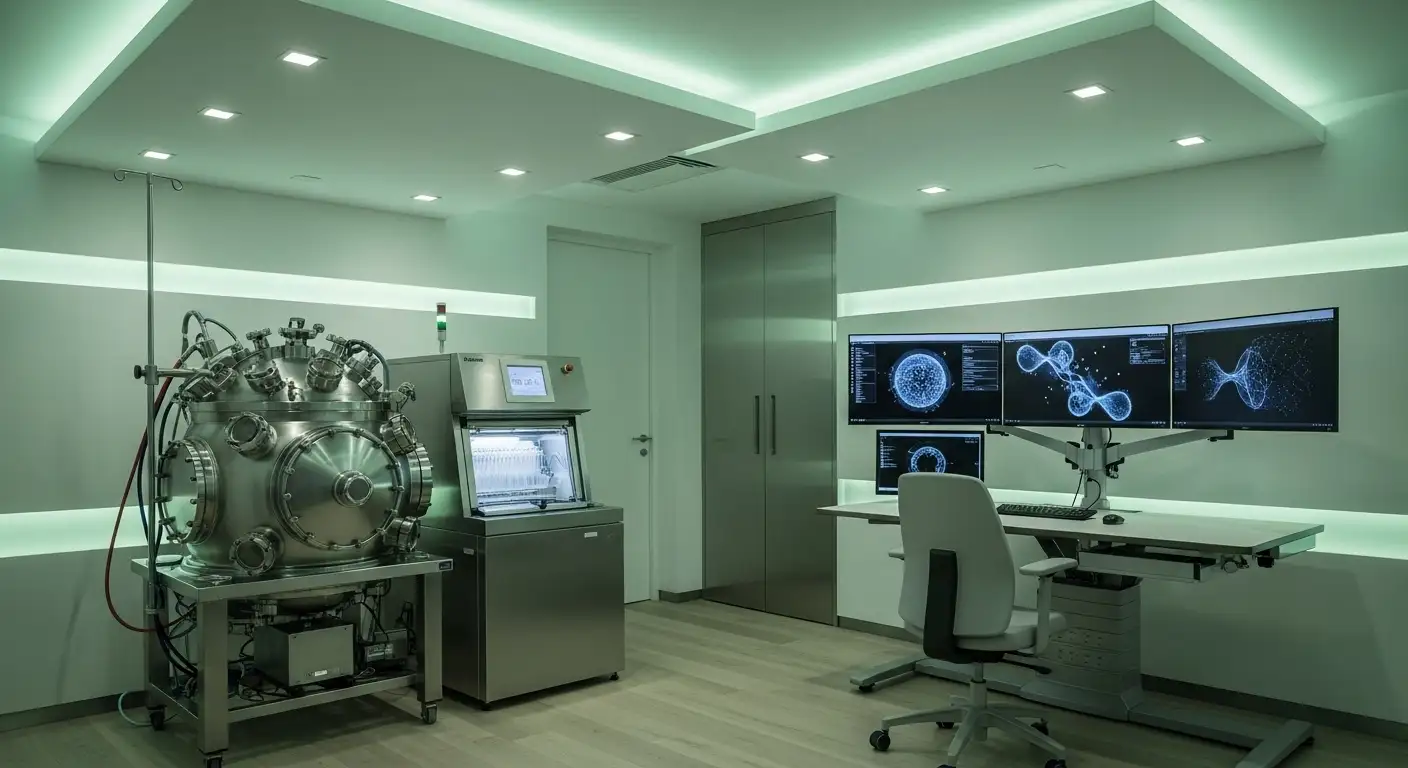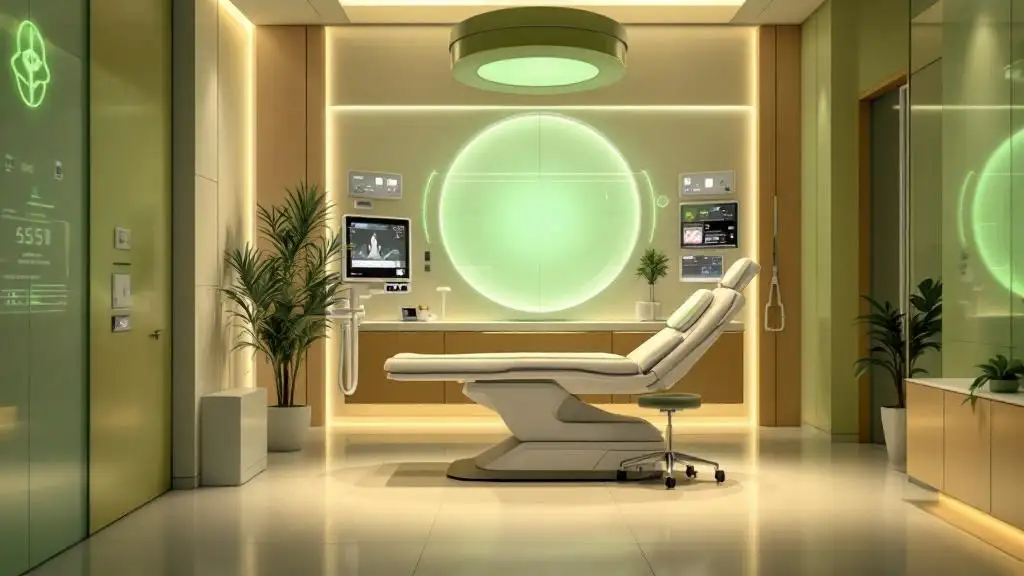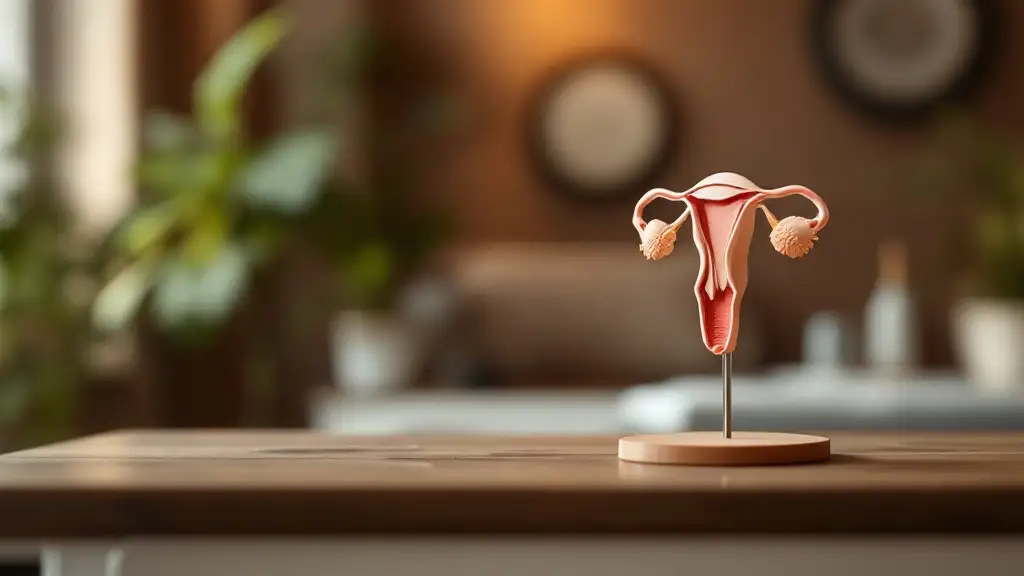What to expect during an embryo transfer procedure
Navigating the Final Step of IVF with Confidence

Understanding What Happens During an Embryo Transfer
Embryo transfer is the critical concluding phase of in vitro fertilization (IVF), where a developed embryo is gently placed into the woman's uterus to initiate pregnancy. While the procedure is often quick and minimally invasive, knowing what to expect can help alleviate anxiety and prepare you for this important step. This comprehensive guide explores the step-by-step process, preparation tips, sensations during the procedure, post-transfer care, timelines for results, and factors influencing success.
What is the embryo transfer procedure in IVF treatment?
Definition of embryo transfer
Embryo transfer in IVF is the final stage of the fertility treatment process, where a carefully developed embryo is placed into a woman’s uterus with the goal of establishing pregnancy. It involves placing the embryo at the optimal point for implantation by guiding it into the uterine cavity.
Guidance methods including ultrasound
The transfer procedure is performed under the guidance of pelvic ultrasound, which provides a clear visual of the uterus. This ensures accurate placement of the embryo in the ideal location within the uterine lining. The ultrasound helps the fertility specialist monitor the process and confirm that the embryo is deposited in the correct position.
Preparation of the catheter and embryo
Prior to transfer, the embryo is loaded into a thin, flexible catheter. This catheter is delicately guided through the cervix into the uterus. Often, the patient should have a full bladder to help visualize the uterus better during ultrasound assessment. The embryo is carefully deposited in the middle of the uterine cavity to promote successful implantation.
Duration and sterility of the procedure
The entire embryo transfer usually lasts between 15 and 30 minutes. It is a sterile procedure, performed with sterile equipment to minimize risks of infection. The procedure is generally painless but may cause mild cramping or discomfort, which is common and often tolerable.
Post-procedure expectations
After the transfer, patients are typically advised to rest briefly, usually lying down for about an hour. Most routine activities can be resumed shortly afterward, but strenuous exercise, sex, hot baths, and douching are usually avoided until pregnancy confirmation. The approach focuses on creating a supportive environment for the embryo to implant successfully. A pregnancy test is scheduled about 9 to 14 days post-transfer to determine if the embryo has successfully implanted.
How should one prepare for an embryo transfer?

What medications and hormonal support are necessary?
Before embryo transfer, following your fertility specialist’s instructions carefully is crucial. This often involves taking estrogen to build up the uterine lining and progesterone to support implantation and early pregnancy. These medications can be administered as pills, injections, or suppositories, and their timing and dosage are tailored to your cycle and treatment plan. Proper hormonal support enhances the likelihood of a successful pregnancy by preparing the uterus to receive the embryo.
Why is a full bladder and hydration important?
Having a full bladder helps improve ultrasound imaging during the transfer, allowing the doctor to visualize the uterus clearly and place the embryo precisely. Patients are usually advised to drink plenty of water in the hour or two before the procedure, but should also avoid overdistending the bladder. Staying well-hydrated overall supports your body’s natural functions, promotes comfort, and aids recovery post-procedure.
What dietary and lifestyle considerations should be made?
Maintaining a healthy diet before embryo transfer supports overall reproductive health. Focus on consuming fruits, vegetables, lean proteins, and whole grains. Avoid processed foods, excess caffeine, alcohol, and smoking, as these can negatively impact implantation chances. Staying away from environmental toxins and endocrine disruptors, found in some household chemicals, can also be beneficial.
How to plan logistics and ensure comfort?
Prepare for the day of transfer by packing a small bag with your medications, comfortable clothing, and any comfort items like a pillow or blanket. Arrange your transportation in advance, ideally planning to arrive with plenty of time to relax before the procedure. Wearing loose, comfortable clothing can make the process more relaxed. It’s also helpful to schedule the procedure when you have minimal stress and can rest afterward.
What stress reduction techniques can support the process?
Reducing emotional stress is important during IVF. Techniques such as deep breathing, meditation, gentle yoga, or acupuncture may help calm nerves and promote relaxation. Maintaining a positive mindset and engaging in relaxing activities can support your overall wellbeing and improve your emotional resilience through the treatment process.
Having detailed preparations not only increases your chances of success but also helps you feel more in control and comforted during this critical stage of fertility treatment.
What happens during an embryo transfer step-by-step?

Loading and guiding the embryo using ultrasound
During the embryo transfer, the embryologist first loads the selected embryo(s) into a very thin, flexible catheter. The process begins with the patient having a full bladder to help visualize the uterus clearly through ultrasound. Using pelvic ultrasound imaging, the doctor can see the uterine cavity and guide the catheter precisely.
Speculum insertion and catheter placement
The physician then inserts a speculum into the vagina to access the cervix. The catheter, attached to a syringe, is carefully passed through the cervix and into the uterine cavity with the help of ultrasound guidance. Before releasing the embryo, the doctor performs a trial transfer with an empty catheter to ensure correct placement.
Timing and duration of the procedure
The entire process usually lasts between 15 and 30 minutes. It is a quick and minimally invasive procedure, with no anesthesia required. The embryo is gently deposited in the desired location within the uterus, typically near the top of the uterine lining.
Placement of the embryo within the uterus
The embryo is carefully placed in the middle or upper part of the uterine cavity, approximately halfway between the internal opening of the cervix and the uterine fundus. Proper placement is confirmed by visual inspection of the catheter under a microscope before it is gently removed.
Post-transfer care and recovery
After the embryo is positioned, the doctor carefully withdraws the catheter. The patient is asked to lie still on her back for about an hour to allow the embryo to settle and to support implantation. Post-procedure, women are advised to rest briefly and then resume most normal activities, avoiding hot baths, vigorous exercise, and sexual intercourse until pregnancy is confirmed. Hormonal support, such as progesterone, is continued to aid implantation.
This carefully orchestrated process aims to maximize the chances of embryo implantation and successful pregnancy, with ultrasound guidance playing a crucial role in accuracy and safety.
More information: Search queries like "Step-by-step embryo transfer process," "How embryo transfer is performed," and "Embryo transfer procedure details" can provide additional insights into each step of this vital procedure.
What is the timeline of events on the day of embryo transfer?
The day of embryo transfer is a carefully coordinated step in the IVF process. Typically, the procedure takes place in the morning after thorough preparations. Prior to the transfer, the patient's uterine lining must be sufficiently developed and ready to support a pregnancy. This readiness is confirmed through ultrasound assessments and blood hormone tests, often performed just before the procedure.
Preparation for the transfer includes ensuring the endometrial lining is optimal, usually achieved through hormone therapy such as estrogen and progesterone given days or weeks beforehand. These medications help create a receptive environment for the embryo.
On the day of the transfer, the clinician conducts a final review of ultrasound images to verify the lining’s thickness and position. The actual transfer procedure generally lasts between 10 and 15 minutes. After gently inserting a speculum, a soft catheter loaded with the embryo—usually at the blastocyst stage (day 5 or 6)—is guided into the uterus under ultrasound visualization.
Following placement, patients are typically asked to stay lying down for about an hour to support implantation. They are advised to rest briefly but can often resume most routine activities afterward. Post-procedure, hormone support—particularly progesterone—continues to aid embryo implantation.
About 8 to 10 days after embryo transfer, a blood test measures the levels of human chorionic gonadotropin (hCG) to confirm pregnancy. This timing helps ensure accurate results, as testing too early can lead to false negatives due to hormone fluctuations.
Is the embryo transfer procedure painful?
Use of ultrasound guidance
During embryo transfer, ultrasound imaging plays a crucial role. It allows the doctor to visualize the uterus in real-time, guiding the placement of the embryo with precision. This imaging ensures the embryo is deposited at the optimal spot within the uterine cavity, improving chances of successful implantation.
Patient comfort and sensations during the procedure
Most women find embryo transfer to be a straightforward and painless process. It involves inserting a speculum into the vagina, similar to a Pap smear, and then guiding a very thin catheter into the uterus using ultrasound. The sensation is often described as mild pressure or slight discomfort, but not painful. The overall procedure typically lasts between 15 and 30 minutes.
Discomfort or cramping post-procedure
Some womenExperience mild cramping or a feeling of fullness following the transfer. These sensations are usually temporary and can be managed with over-the-counter pain relief if necessary. Resting for about an hour post-transfer is recommended, but most women can resume daily activities shortly afterward.
Anesthesia or sedation requirements
Embryo transfer does not require anesthesia or sedation. The procedure is performed while the patient is awake, emphasizing its minimally invasive nature. This aspect makes it less stressful and easier to undergo.
Patient testimonials or common experiences
Many women report feeling pretty comfortable during the transfer, with only light cramping or pressure. Some may experience mild spotting afterward. Overall, the procedure is well tolerated, and serious pain or complications are rare. Patients are encouraged to stay relaxed and follow their doctor’s post-procedure care instructions to ensure the best outcome.
| Aspect | Description | Additional Details |
|---|---|---|
| Ultrasound guidance | Assists in precise embryo placement | Enhances success rates |
| Sensations | Mild pressure or cramping | Similar to Pap smear |
| Post-procedure discomfort | Usually mild cramping | Resolved quickly |
| Anesthesia needed | Not required | Performed awake |
| Patient experiences | Generally positive | Minimal discomfort |
The overall consensus is that embryo transfer is a gentle, low-risk procedure that most women tolerate very well, with significant pain being uncommon.
What sensations or physical experiences might occur during embryo transfer?

What sensations or physical experiences might occur during embryo transfer?
During embryo transfer, women typically experience minimal sensations. Most women report feeling only mild cramping or a gentle pressure during the procedure, which is generally not painful. The process involves inserting a thin catheter through the cervix into the uterus, guided by ultrasound imaging, and this usually causes little discomfort.
Some women may notice a feeling of fullness or slight discomfort due to a full bladder required for better visualization during the transfer. This full bladder helps the doctor guide the embryo into the optimal position within the uterus.
After the procedure, it’s common to experience minor symptoms caused by the hormonal preparations and the body's response. Light spotting or brown discharge can occur as the uterus adjusts. Fatigue, breast tenderness, and mood swings are also typical and stem from the hormone support provided during IVF treatment.
Additional feelings such as nausea, increased urination, or mild cramping might develop in the days following transfer. These symptoms vary greatly between individuals, with some women feeling almost no discomfort and others experiencing more noticeable sensations.
Most women tolerate embryo transfer well, with any sensations usually mild and temporary. Importantly, the procedure’s simplicity and minimal discomfort are reassuring aspects for many undergoing IVF.
What should I do after embryo transfer to improve the chances of success?

Rest and activity restrictions
After embryo transfer, it is recommended to rest briefly and avoid strenuous activities. While light activity and gentle walking can promote blood circulation, high-impact or heavy lifting should be avoided to prevent dislodging the embryo. Most women are advised to lie down for about an hour post-procedure and then resume daily routines, limiting vigorous exercise for at least a few days.
Hormonal support and medication adherence
Following the transfer, hormonal medications such as progesterone and estrogen are crucial to support the uterine lining and facilitate implantation. Patients should strictly follow their doctor’s prescribed schedule, taking medications on time and according to instructions. This ongoing hormone support is vital in creating a nurturing environment for the embryo.
Diet and hydration
Maintaining a healthy, balanced diet rich in fruits, vegetables, healthy fats, and antioxidants can support overall health and pregnancy success. Staying well-hydrated by drinking plenty of water helps maintain optimal blood flow to the uterus and supports tissue health.
Stress reduction and relaxation techniques
Reducing stress can positively influence implantation and early pregnancy. Relaxation techniques such as meditation, deep breathing exercises, listening to calming music, or engaging in gentle yoga may help keep stress levels low. Ensuring adequate sleep of 7-8 hours each night further supports hormonal balance and overall well-being.
Avoiding harmful substances and activities
Women are advised to avoid hot baths, saunas, smoking, and alcohol consumption, as these can impair implantation or affect pregnancy health. Also, refrain from heavy lifting, vigorous exercise, and sexual activity until pregnancy is confirmed to ensure the embryo remains safely implanted.
Generally, patience is key in this period. It is typical to wait approximately 9-10 days after embryo transfer before taking a pregnancy test to allow hormone levels to rise sufficiently for accurate detection. Following these guidelines can help maximize your chances of pregnancy success.
Embryo Transfer: The Final Step with Lasting Implications
Understanding what occurs during an embryo transfer can significantly ease anxiety and foster confidence as you move through this pivotal phase of IVF. The procedure’s simplicity, guided by advanced ultrasound technology and performed in sterile conditions, ensures that the embryo’s placement is precise and safe. Adequate preparation, adherence to post-transfer care protocols, and realistic expectations about sensations and timelines can optimize your chances for a successful pregnancy. Remember, every step taken with care and informed guidance brings you closer to the dream of parenthood, supported by the latest medical practices and compassionate care.
References
- What to Expect at Your IVF Embryo Transfer | A Nurse's Perspective
- IVF Embryo Transfers: The Complete Guide 2025
- What to Expect During Embryo Transfer - A Guide for Patients at FCLV
- IVF (In Vitro Fertilization): Procedure & How It Works - Cleveland Clinic
- [PDF] Frozen Embryo Transfer Cycle | UW Medicine | PATIENT EDUCATION
- In Vitro Fertilization | NYU Langone Health
- What to Expect on Embryo Transfer Day - Sims IVF
- Frozen Embryo Transfer (FET) | Shady Grove Fertility
- What to Expect During an Embryo Transfer - Progyny
- What to Expect After Your IVF Frozen Embryo Transfer

